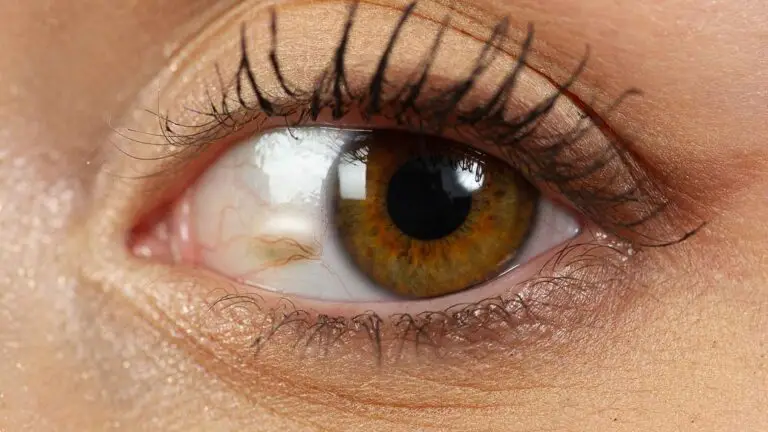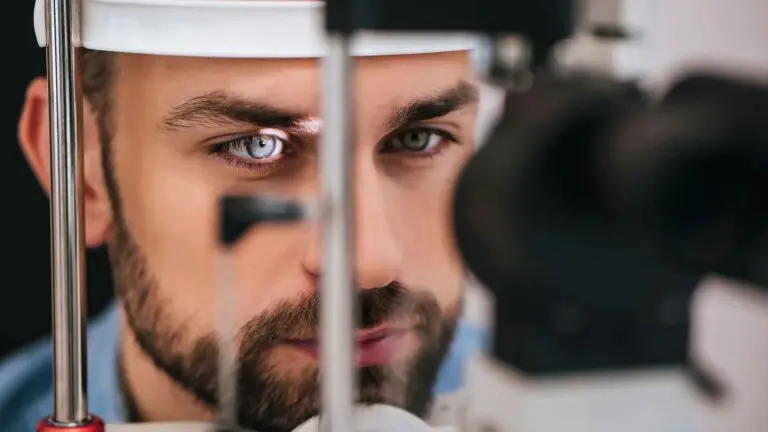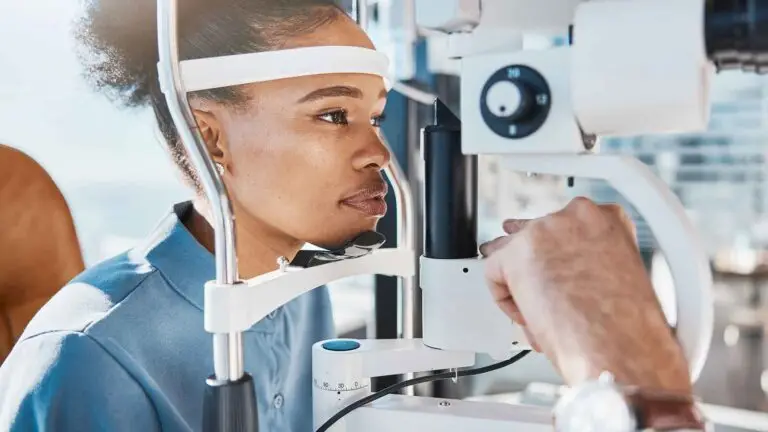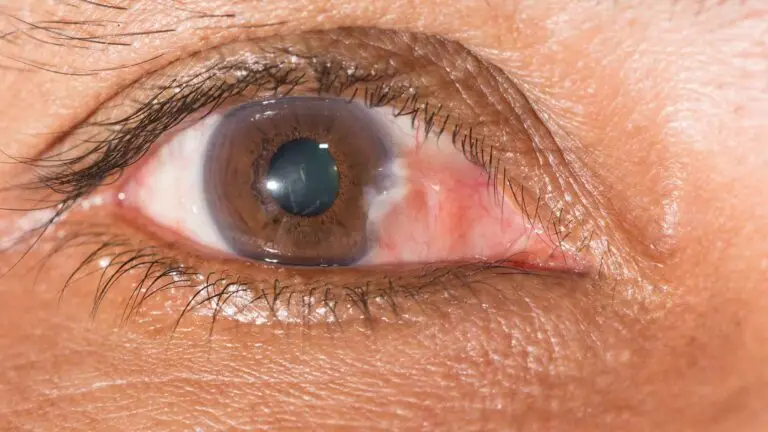
- Medically Reviewed by Mr Mfazo Hove Consultant Ophthalmologist
- Author: Chris Dunnington
- Published: September 13, 2024
- Last Updated: October 8, 2025
What Is A Chalazion?
A chalazion is a lump on the eyelid that typically develops when a meibomian gland, an oil-producing gland, becomes clogged. It often begins as a small, pain-free swelling and may gradually increase in size. While it is not usually painful, a large chalazion can cause the eyelid to swell and may press on the eye, sometimes leading to blurry vision.
Causes of Chalazion:
- Blocked oil glands in the eyelid
- Inflammation or infection leading to gland blockage
- Chronic eyelid inflammation (blepharitis)
Symptoms of a Chalazion:
- A lump on the upper or lower eyelid
- Swelling of the eyelid
- Redness and mild tenderness
- Blurred vision if pressing on the eyeball
Treatment for Chalazion:
Generally, chalazions resolve on their own over time. Warm compresses can aid in speeding up the healing process by promoting drainage and blood flow. If a chalazion becomes problematic or persistent, further medical evaluation may be warranted.
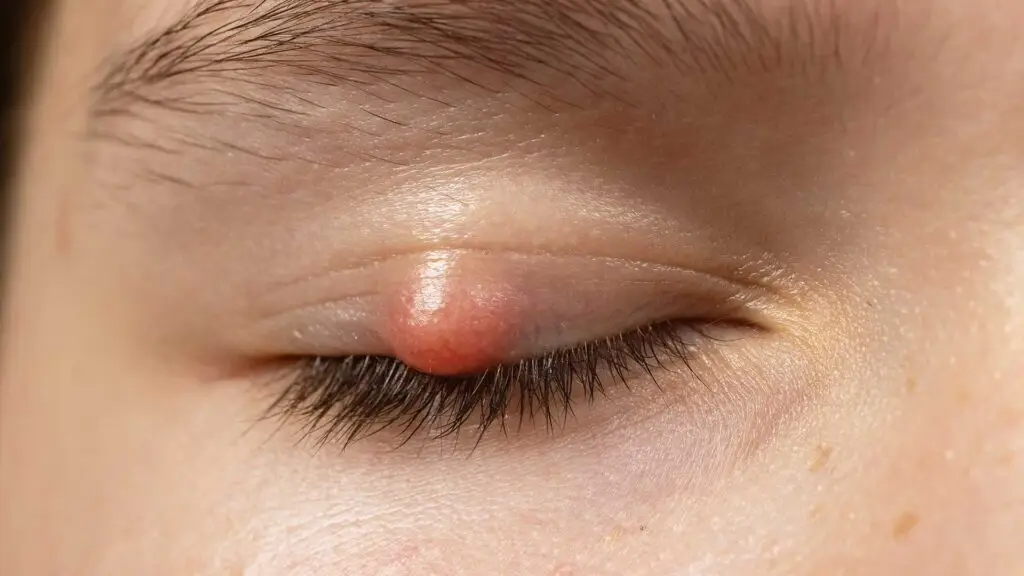
What Is A Stye?
Conversely, a stye, or a ‘hordeolum’, is a red, painful lump, akin to a boil or pimple, usually located at the edge of an eyelid. Styes result from bacterial infections of the eyelash follicles or oil glands and are often filled with pus.
Causes of Stye:
- Infection of the eyelash follicle or oil gland
- Transfer of bacteria, such as staphylococcus, to the eye area
- Complications arising from blepharitis
Symptoms of a Stye:
- A red, painful lump on the edge of the eyelid
- Swelling of the eyelid
- Sensation of something being in the eye
- Discharge and crustiness around the eyelid
- Increased tearing
Treatment for Stye:
Most styes also heal on their own. The application of warm compresses several times a day can help alleviate the symptoms and encourage drainage. Antibiotics might be prescribed in certain cases to combat the infection.

Comparing Chalazion and Stye
Recognising the distinctions between a chalazion and a stye is crucial for understanding how to address these common eyelid issues.
- Location: Styes typically surface at the base of an eyelash whereas chalazions form farther back on the eyelid.
- Pain: Styes are often painful due to the infection, while a chalazion is not usually painful unless it becomes inflamed.
- Onset: A stye’s emergence is usually rapid and associated with noticeable symptoms, while a chalazion’s onset is slower and may not even be noticed initially.
Who Is At Risk?
While anyone can develop a chalazion or stye, certain factors can increase the likelihood of experiencing these conditions:
- Individuals with blepharitis or chronic eyelid inflammation
- Previous occurrences of styes or chalazions
- Skin conditions like acne rosacea or seborrheic dermatitis
- Underlying health issues such as diabetes
Preventative Measures
Maintaining good eyelid hygiene is essential in preventing both chalazions and styes. We recommend:
- Regular cleaning of the eyelids with gentle soap and water
- Avoiding the use of outdated or contaminated eye makeup
- Never sharing towels or washcloths
- Washing hands frequently, especially before touching the eyes
When To Seek Professional Help
In most cases, both chalazions and styes are self-limiting and resolve without the need for professional intervention. However, should you experience persistent lumps, significant pain, or changes in vision, it’s important to seek medical advice.
Conclusion
In summary, although chalazions and styes may look similar, there are distinct differences notably in their causes, symptoms, and treatment. Understanding these differences aids in managing the conditions effectively and ensures the continued health and comfort of your eyes. Remember, keeping up with eye health is critical, so take the time to care for your eyes just as they care for your vision.
